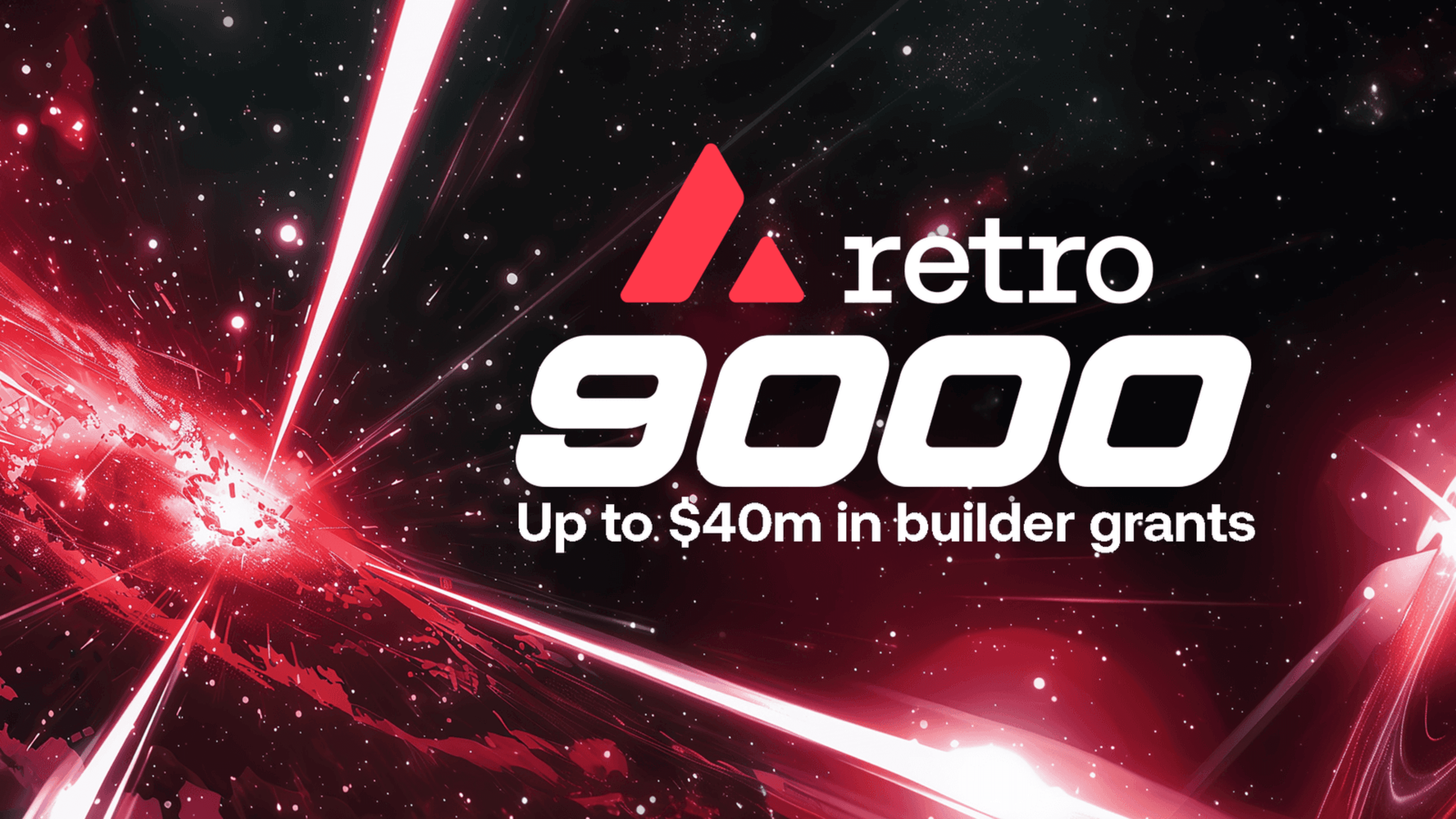Avalanche9000 represents the most significant upgrade to date for the Avalanche network. This update introduces a new architectural structure that simplifies the process of launching Layer 1 (L1) blockchains, removing the existing Subnet model. By doing so, it enables developers to create and customize their own blockchains with lower costs, increased governance flexibility, and streamlined staking options. Avalanche9000 signals an important step forward in making blockchain development on Avalanche more accessible and efficient.

Avalanche9000: Reshaping Blockchain Development
About Avalanche9000
Avalanche9000 represents a major evolution in the Avalanche network, combining the strength of the Primary C-Chain, a broad network of Layer 1 blockchains, and Avalanche Interchain Messaging to deliver a scalable, multi-chain architecture. With a clear focus on enabling each purpose-built chain to benefit from Layer 1 design principles, Avalanche9000 builds upon the original vision of the network by providing developers with the ability to launch and customize blockchains more easily.
This upgrade allows projects to leverage the power of the Primary C-Chain while quickly spinning up independent L1s, offering full control over staking, economics, gas fees, token standards, and validator configurations. It also supports regulatory compliance through customizable permissions and geo-restrictions, while enabling scalability across any virtual machine. By significantly reducing the economic barriers to deploying an L1 blockchain, Avalanche9000 is designed to support faster iteration, lower deployment costs, and accelerate the path to market for new projects.

Avalanche9000: Reshaping Blockchain Development
The Motivation Behind the Etna Upgrade
The Etna upgrade is a key component of Avalanche9000, developed to address the challenges posed by the original Subnet model. Under the previous system, developers faced high staking requirements and substantial running costs for validators, which created barriers to entry. Etna eliminates these challenges by allowing L1 blockchains to operate independently from the Primary Network. This change lowers both economic and technical barriers, making it easier for developers to innovate without needing to commit significant initial resources. Etna reflects a strategic effort to open Avalanche’s ecosystem to a broader range of builders.
How Avalanche9000 Impacts Validators
Avalanche9000 introduces a significant shift in the responsibilities of validators. Previously, validators were required to validate the Primary Network alongside each individual Subnet, leading to increased hardware demands and higher operational costs. With Avalanche9000, validators are no longer obligated to validate the Primary Network in addition to their chosen L1s. This change reduces upfront hardware requirements and simplifies the validation process, making it easier for new projects to establish secure and reliable networks. By lowering costs and complexity, Avalanche9000 aims to support a wider range of blockchain developers and operators.

Avalanche9000: Reshaping Blockchain Development
New Tools Available for Developers
Avalanche9000 provides developers with a complete suite of tools and resources designed to facilitate the creation of L1 blockchains and related applications. A dedicated testnet environment allows teams to experiment and refine their projects before mainnet deployment. The upgrade also introduces incentive programs such as Retro9000, which offers retroactive grants to developers building L1 blockchains, and Bounty9000, which rewards the development of essential infrastructure and tools. These initiatives are intended to create a supportive environment for innovation within the Avalanche ecosystem.
Avalanche9000 vs Previous Subnet Model
Under the original Subnet model, launching a new blockchain on Avalanche required validators to stake a minimum of 2,000 AVAX tokens and validate the Primary Network alongside their specific Subnet. This created a significant financial and technical burden. With the implementation of ACP-77 as part of Avalanche9000, this requirement is removed. New L1 blockchains can now establish their own independent validator sets without needing to support the Primary Network. In addition, instead of a large upfront stake, ACP-77 introduces a continuous payment model for validators registering on the P-Chain. This change makes it more cost-effective for projects to launch, while also allowing them to meet different regulatory and jurisdictional requirements as needed.

Avalanche9000: Reshaping Blockchain Development
Interchain Messaging and Cross-Chain Communication
Avalanche9000 also introduces Avalanche Interchain Messaging (ICM), a new feature that enhances communication between blockchains within the Avalanche network. ICM enables seamless interaction between the Avalanche C-Chain and both new and existing L1s. This capability allows blockchains to exchange a wide range of data, including tokens, NFTs, and oracle price feeds, in a coordinated manner. Developers can send messages across chains by calling the sendCrossChainMessage function on the TeleporterMessenger contract, while receiving chains implement the ITeleporterReceiver interface. By simplifying cross-chain communication, ICM strengthens the interoperability of the Avalanche ecosystem and supports the growth of more interconnected decentralized applications.
Qualifications for Retro9000 Grants
Retro9000 is a grant program designed to reward developers who contribute to the Avalanche9000 testnet by building new L1 blockchains or critical developer tooling. Submissions are ranked on a public leaderboard based on community votes, which influence the allocation of retroactive grants. For the first Retro9000 round, developers must build a Layer 1 blockchain during the testnet phase to qualify. Permissioned L1s are eligible for funding once deployed on the mainnet, but the majority of grant funding will be directed towards permissionless L1 projects after they achieve mainnet deployment. By encouraging open development and active community engagement, Retro9000 aims to foster innovation and support the expansion of Avalanche’s L1 ecosystem.
Source: Avalanche9000



